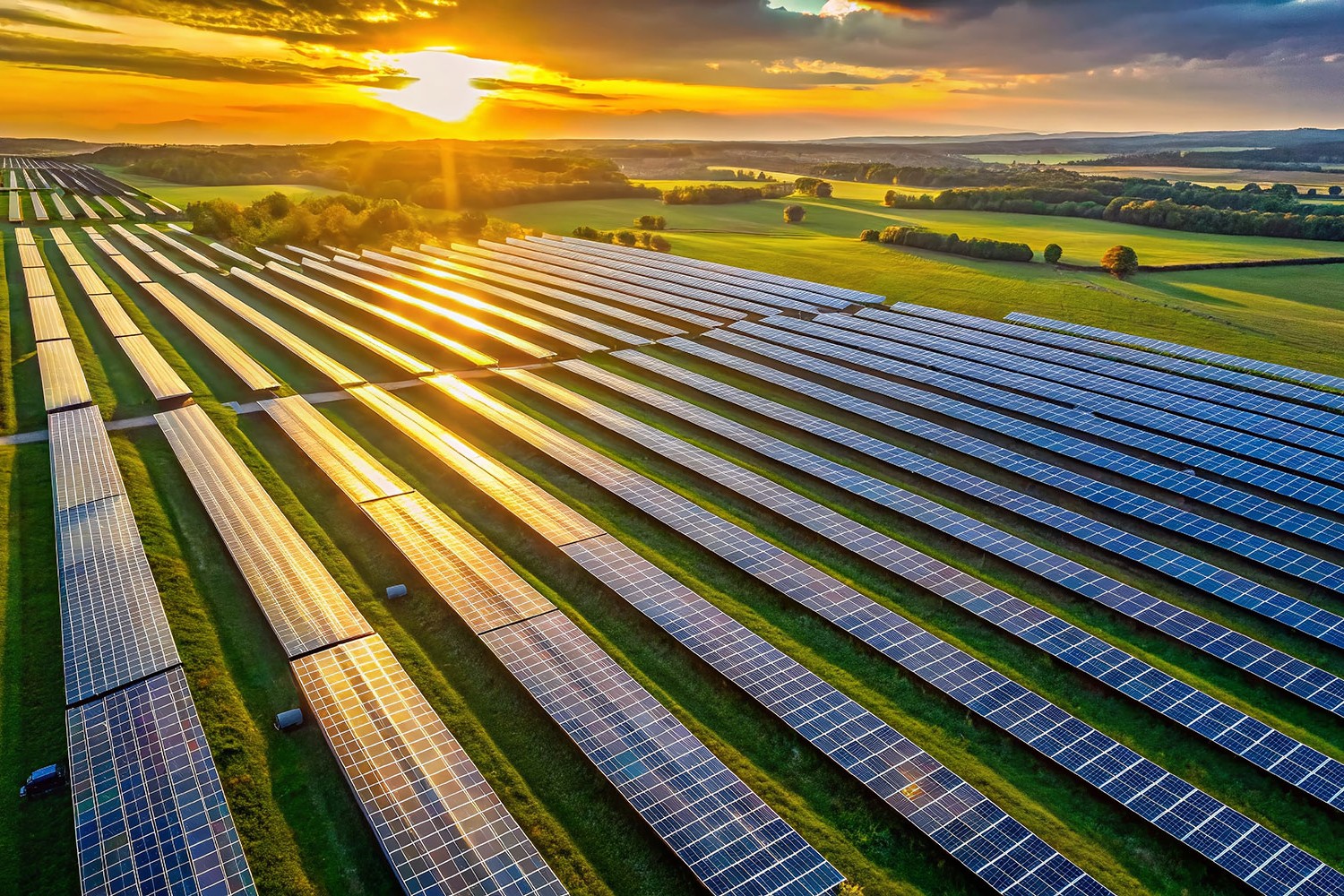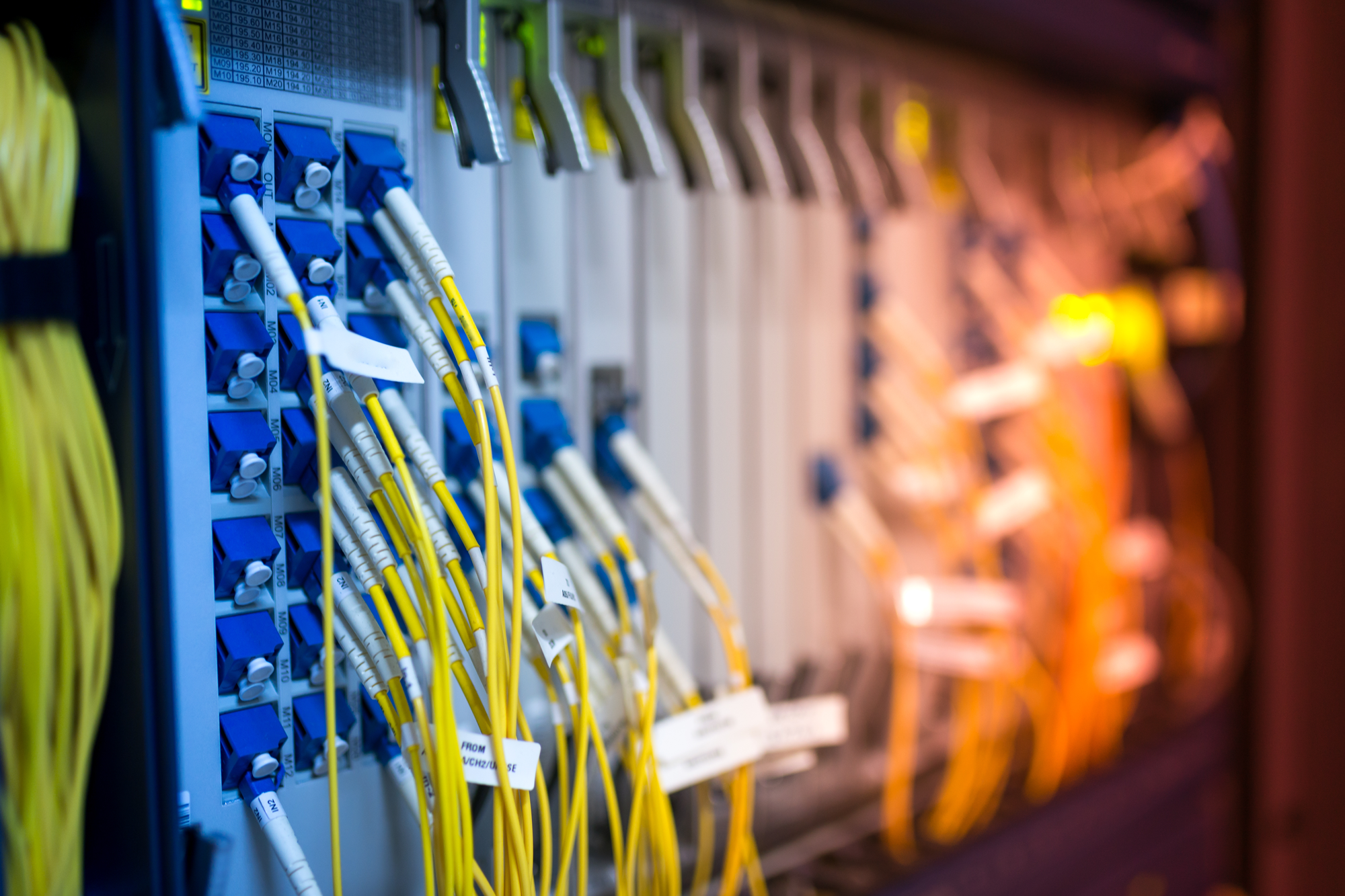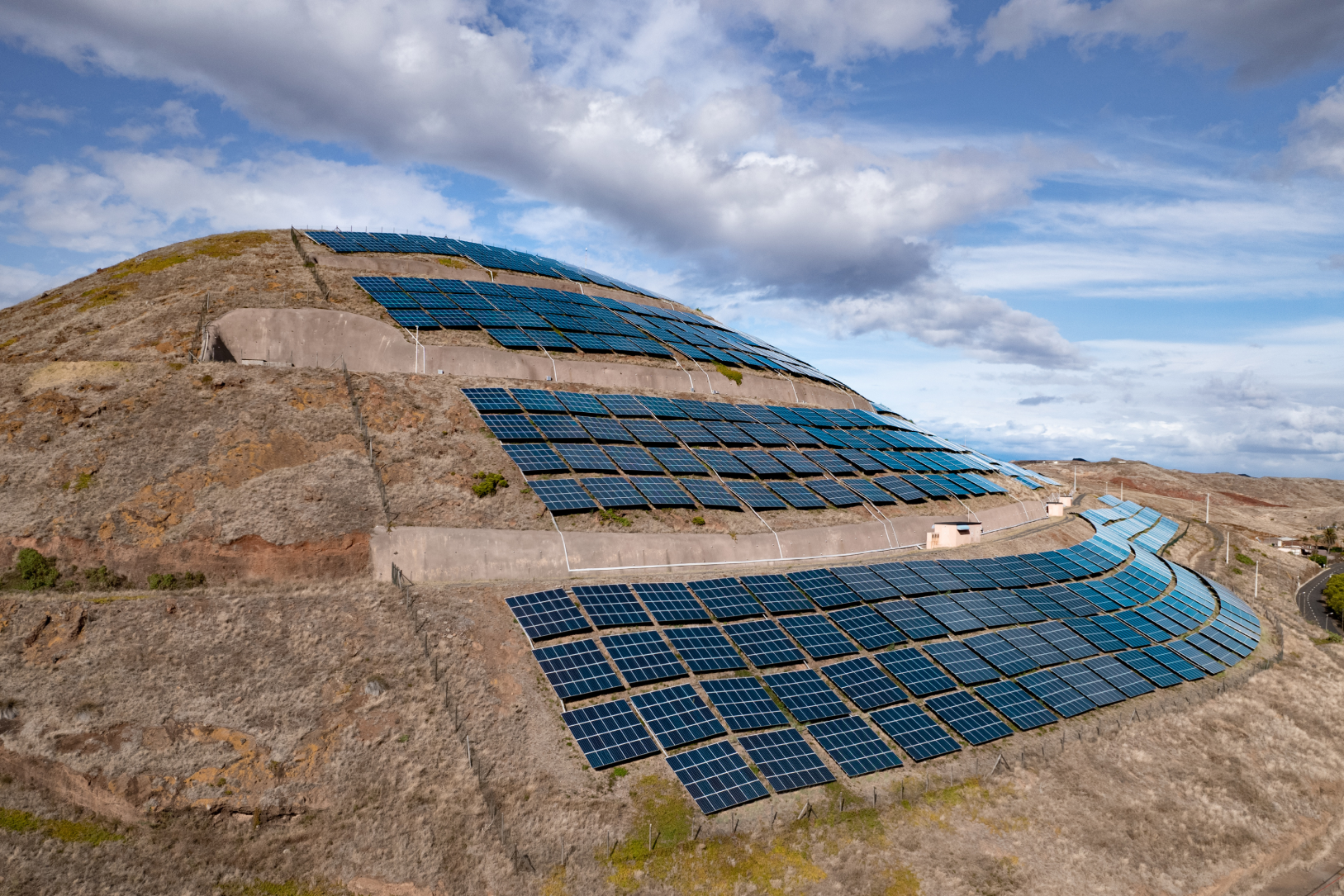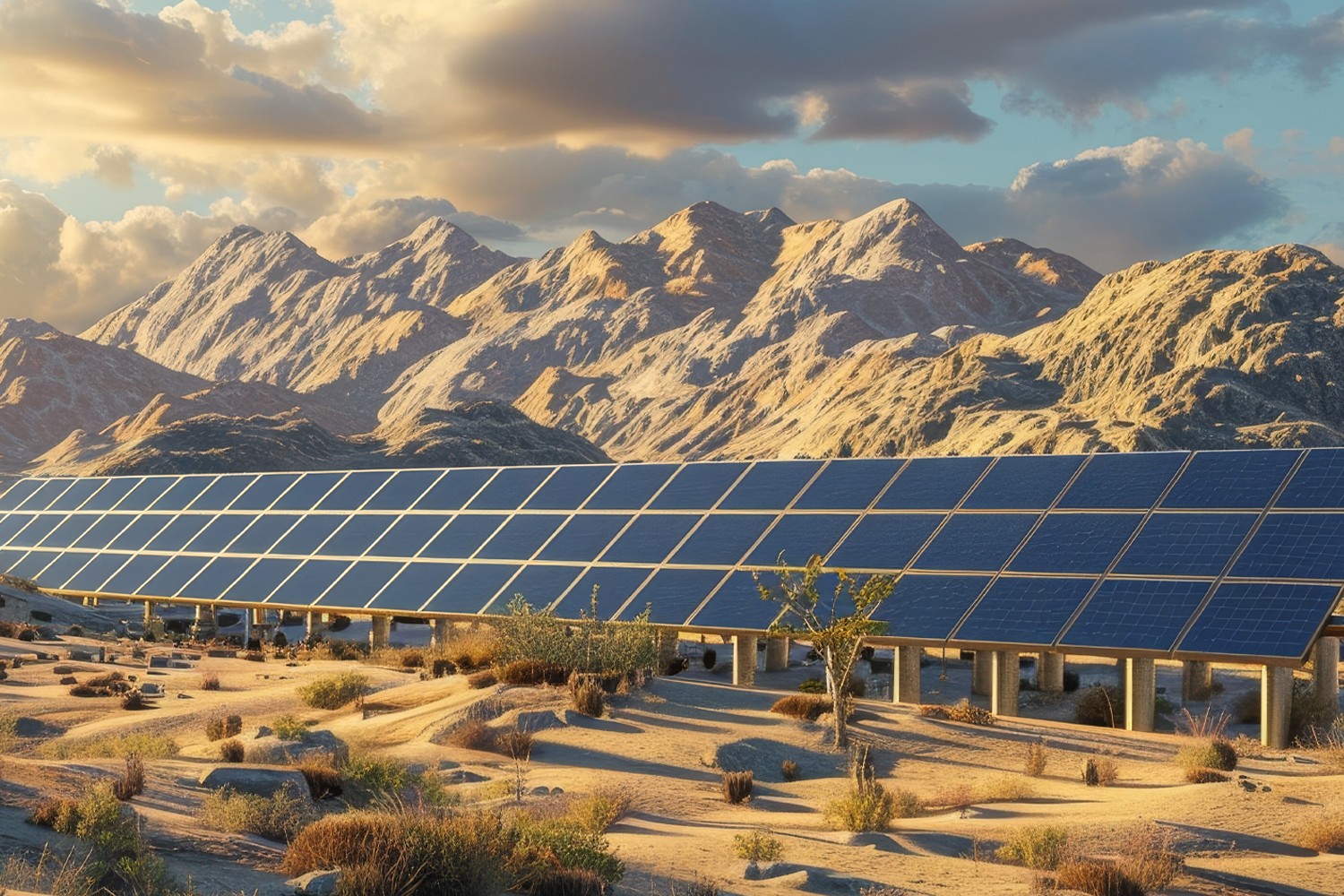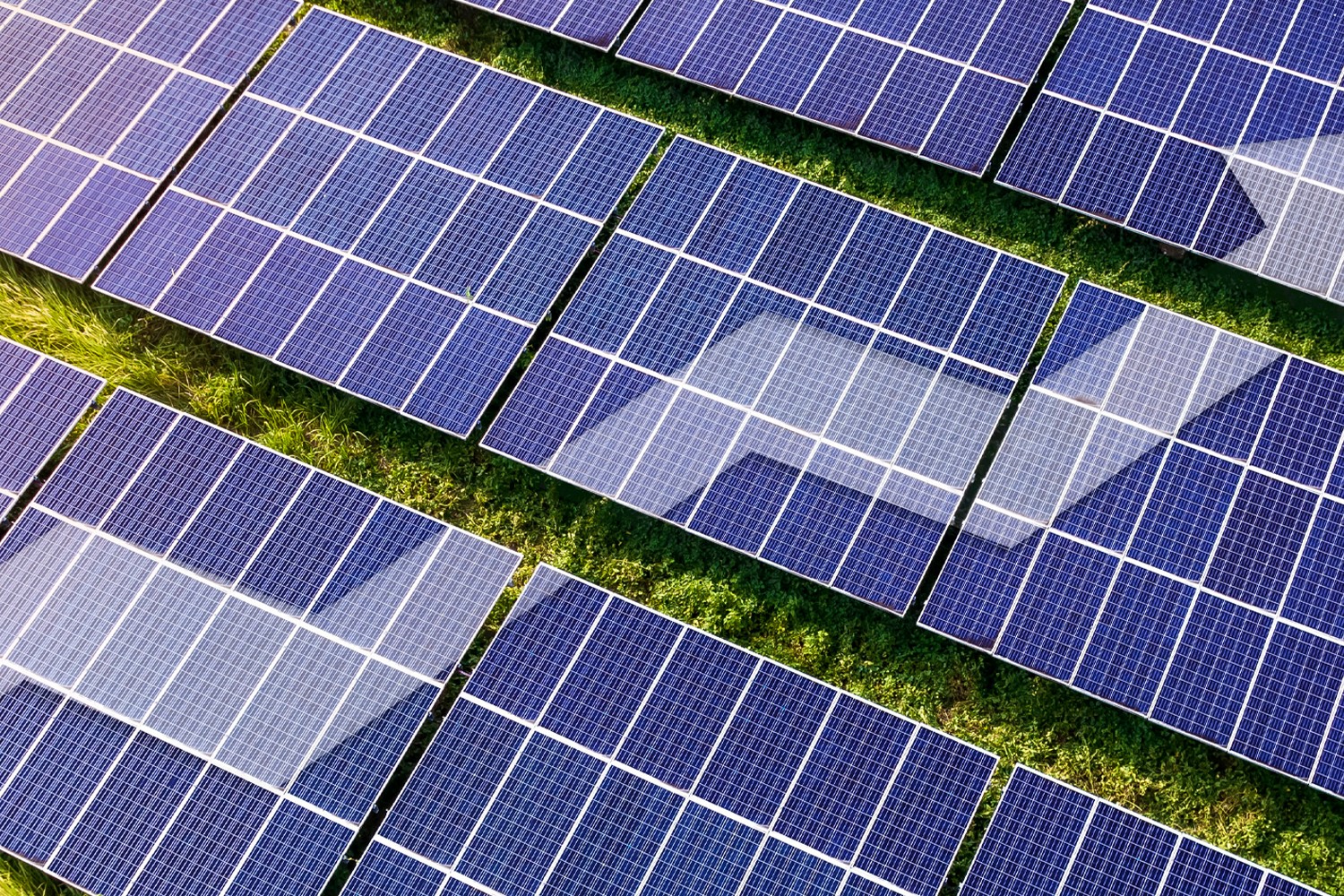Modern consumers are more concerned than ever about sustainability. For perspective, the number of online searches looking for sustainable products increased by 71% between 2016 and 2021 according to research by the World Wildlife Foundation. Further, 66% of U.S. shoppers say sustainability is a priority when making purchases, according to a McKinsey report called The State of Fashion.
Because consumers clearly care about sustainability, demonstrating a commitment to the environment not only helps the planet but also benefits a business financially. Therefore, it’s in the best interest of business leaders to make sustainability a top priority and work toward creating a greener future.
How can sustainable practices benefit your business?
Implementing more sustainable business practices offers multiple advantages, but there are three in particular you’ll want to know about.
Resource conservation
First, prioritizing sustainable business practices helps organizations save money by using fewer resources. By using renewable energy technology like photovoltaic (PV) systems to supply solar power, for example, companies can minimize resource consumption which helps both lower operational expenses and reduce utility bills.
On average, companies that implement sustainable business practices save between 2-4% on operating costs yearly. When you look at these savings over time, the impact can be immense.
Customer loyalty
Numerous studies say the same thing. The majority of today’s consumers value sustainable companies and prefer to do business with them rather than less sustainable-minded competitors. A report from Business Wire says that 85% of consumers have become “greener” with their buying habits, and it’s now critical that businesses get on board with sustainability initiatives to appeal to consumers.
At the end of the day, when consumers are given the choice between an eco-friendly brand and a non-eco-friendly one, the majority will opt for the brand that focuses on environmental responsibility. Looking long-term, there’s a greater chance that customers will also make repeat purchases with a brand that has values that align with their own.
Employee well-being
Sustainable business practices can improve employee well-being and, in turn, make companies more desirable places to work. Recent data compiled by Fast Company found there’s a push from many employees to be part of organizations that share their values. Just as sustainability is a top concern among most of today’s consumers, the same is true for many employees.
In particular, Fast Company mentions companies that embrace sustainability often see lower stress and anxiety levels in their employees because their values are in alignment. What’s even more interesting is that there’s a growing trend where many employees are choosing to leave their jobs to join an organization that shares their values — with sustainability being one of the biggest.
A report published by Edelman Trust Barometer found that 59% of employees who leave their jobs are doing so with the specific intent of becoming part of another organization that is in alignment with their values. Another study by IBM discovered that 71% of respondents prefer environmentally responsible companies as employers.
If a business sees numerous employees jumping ship and excessively high turnover rates, that’s a big concern. When this happens, they may lose top talent to industry competitors and must continually rehire to fill vacated positions. Over time, this can be highly detrimental to profitability and also erode brand equity.
How can your business invest in sustainability?
Because of the increased consumer and employee demand for sustainability, as well as the immense benefits, efforts among organizations to become more sustainable have increased dramatically in recent years. In fact, more than 80% of companies now say they plan to increase investments in sustainability. Here are four specific strategies that a business can use to demonstrate a commitment to sustainability.

Establish a culture of sustainability in the workplace
Creating a sustainable workplace culture involves making a long-term commitment to environmental responsibility so that it’s one of your business’s primary focuses. While the financial benefits are obviously important, a culture of sustainability looks deeper than this and prioritizes ethical practices that genuinely aim to help the environment.
Here are some examples:
- Switch to green office supplies from environmentally responsible suppliers, such as sustainable notebooks and recycled plastic.
- Establish recycling programs to reduce waste.
- Implement employee awareness and training to provide ongoing education to employees on how they can contribute to more sustainable practices.
- Strive to continuously improve by routinely assessing sustainability practices and technology and updating as necessary.
Placing a strong emphasis on sustainability should become ingrained in your workplace culture over time.
Make your facilities more efficient
A good starting point for creating more energy-efficient facilities is to have an energy audit performed to identify areas that are using excessive energy. If, for instance, your current HVAC system was a problem area, it would be a top priority and you would want to explore more energy-efficient alternatives.
Another simple fix is switching to LED lightbulbs. According to Energy.gov, using LEDs instead of standard incandescent bulbs can result in up to 90% less energy used for lighting. Saving this much electricity can reduce overall utility bills by a quarter or even half. Even for small businesses, this can have a considerable impact. For larger businesses with big facilities, the impact can be dramatic.
Besides that, upgrading insulation can be beneficial, as research has found that energy-efficient insulation can produce energy savings of as much as 20% each year. Not only can this drastically lower your energy costs, it greatly reduces the environmental impact of a building’s heating and cooling.
Switch to solar
Solar power has surged in popularity in recent years and has seen an annual growth rate of 24% in the last decade. With utility electric prices increasing globally and solar costs decreasing, now is the perfect time to make the switch to solar.
Back in the early 2000’s, you might have made the argument that fossil fuels were cheaper and more efficient than solar, but PV technology has continually improved while becoming more affordable. On average, electricity from solar energy costs significantly less per kilowatt-hour than electricity generated from fossil fuels — and solar’s advantage could continue to grow in coming years. We’ve finally hit the tipping point where solar technology is becoming more attractive for purely economic reasons.
As for social reasons, a juncture may soon be approaching where it becomes socially unacceptable for businesses not to use clean energy. With growing pressures from consumers and employees for organizations to take genuine environmental initiatives and a sentiment that companies aren’t doing enough to combat climate change, failing to get on board with solar could be detrimental.
By becoming a leader in adopting solar technology, a business may enjoy a direct boost in brand equity from customer perceptions and long-term financial benefits. Any business that owns buildings can consider roof-mounted commercial solar generation, and it’s worth researching incentives in your area to see if tax breaks or rebates are available to offset costs.
Look for sustainable sourcing
Finally, you can demonstrate your commitment to sustainability by purchasing resources from suppliers who also engage in sustainable practices. For instance, you can buy ethically sourced raw materials from those who have received certifications from organizations like Fairtrade International or The Rainforest Alliance.
Additionally, you might partner with suppliers who use clean production methods like following eco-friendly practices, conserving raw materials and minimizing waste created during production. Any such certifications and partnerships come with endorsements that you can showcase on your website or directly on your products to further prove your brand’s commitment to your customers.
You might also be interested in:
March 26, 2025
PVcase Yield product guide: revolutionize solar energy modeling with advanced technology
Download PVcase Yield product guide and discover how PVcase Yield is transforming solar energy modeling with its advanced digital twin technology and physics-based simulations.…
March 25, 2025
The impact of Zoning Data on strategic site selection
Zoning Data encompasses the information used by local governments to classify land use. Learn how this new addition to PVcase Prospect enables solar developers to choose a project…
March 24, 2025
PVcase’s spring product updates: what’s new
PVcase and HeatSpring offer a new training bundle on utility-scale solar engineering for solar designers and engineers.
March 5, 2025
Why fiber data is non-negotiable for data center site selection
Discover why integrating fiber data into your data center site selection process is crucial for reducing costs, accelerating deployment, and improving network resilience.
February 20, 2025
PVcase Ground Mount wins G2 2025 Best CAD & PLM Software award
PVcase and HeatSpring offer a new training bundle on utility-scale solar engineering for solar designers and engineers.
February 18, 2025
PVcase partners with HeatSpring for advanced utility-scale solar training
PVcase and HeatSpring offer a new training bundle on utility-scale solar engineering for solar designers and engineers.
February 3, 2025
Solving ground mount solar design challenges. A guide by engineers, for engineers
Download our e-book for expert insights and actionable solutions to the common pain points you encounter in your day-to-day work, and start taking back your development time.
January 15, 2025
Award-worthy solar software: PVcase’s impact in 2024
Explore how PVcase's award-winning product suite is combating climate change through innovative software and what achievements were recognized the most.
January 14, 2025
Top 10 questions asked during the PVcase Digital SmartUp’24 — answered
Customers ask, we answer — read the article to find answers to the top 10 most asked questions at the exclusive PVcase Digital SmartUp'24 event.
January 10, 2025
Developing solar projects on challenging land
Solar developers face fierce competition, congested grids, and a shrinking pool of ideal sites. What's the solution? Read and and learn how to develop on challenging land instead.
December 12, 2024
Why Locational Marginal Pricing (LMP) data is essential for solar development?
Locational Marginal Pricing (LMP) data helps solar developers forecast profitability, minimize financial risk, and optimize site selection. Let’s break down what LMP data is, its…
December 11, 2024
PVcase product updates — November highlights
With PVcase November updates, you can achieve faster, more accurate results today — no need to make them your New Year’s resolutions. Dive into the major updates from the PVcase…
December 9, 2024
The importance of quality GIS data for solar site selection
Discover the impact of high-quality GIS data on solar site selection. Learn how parcel data, grid capacity, and LMP data optimize solar project development, reduce risks, and…
December 2, 2024
Consequences of extreme weather events: can we still afford it?
Floods, hurricanes, wildfires — whether we want them or not, extreme weather events have become the new normal. This year alone, there have been 24 billion-dollar weather…
November 14, 2024
Fail fast, succeed faster: the developer’s guide to streamlining solar projects with early-stage development software
Discover how solar developers thrive by adopting the 'fail fast, succeed faster' approach. Explore the role of early-stage development software, such as PVcase Prospect, in…


